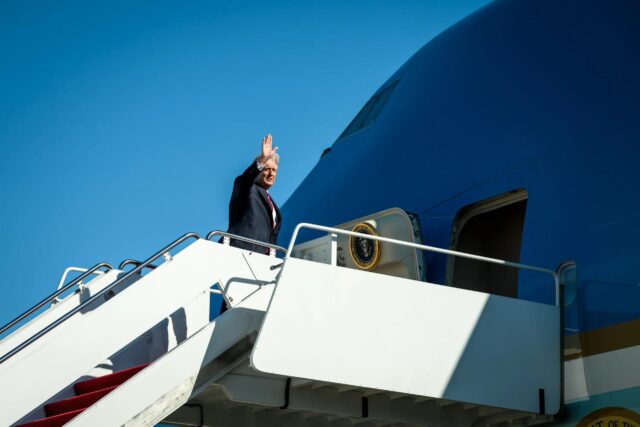Boeing says the 777X is perfect for the Middle East’s harsh environment as Emirates pushes for the 777-10

November 25, 2025
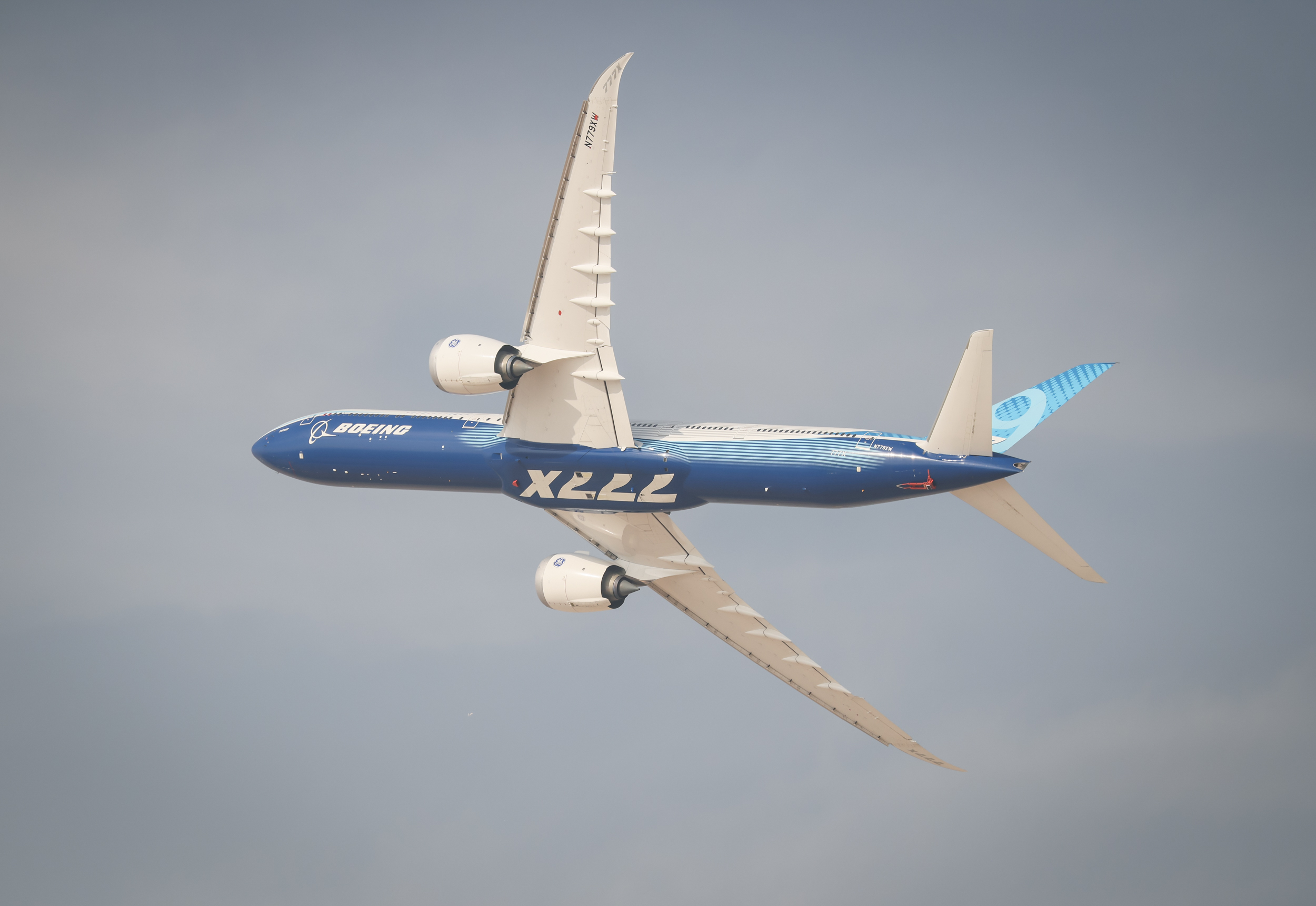
Boeing expects the Middle East to enter its most significant era of widebody growth yet, driven by long-haul connectivity and the need for aircraft that can withstand extreme heat, dust and punishing operating cycles.
At the Dubai Airshow, Boeing’s Vice President of Commercial Marketing, Darren Hulst, made a detailed case for why the 777X family is purpose-built for this region and why the demand for large, durable twins is only accelerating.
Speaking at Boeing’s market briefing, Hulst said the region’s geography alone explains the widebody skew. “Within an eight-hour flight, you can reach around 80% of the global population,” he said. “This is a widebody market because of the magnetism of connectivity.”
He noted that Middle East carriers already rely heavily on Boeing’s long-haul portfolio. “There are about 800 widebody aircraft flying from Middle East airlines today, and 60% of those are Boeing widebodies, primarily the 777 and 787,” he added. “And demand continues to grow.”
How the Boeing 777X is engineered for hot, sandy Middle Eastern conditions
In a region where dust, sand and heat regularly challenge engines, the environmental suitability of the next-generation widebody is not a secondary concern; it is the shaping factor.
Hulst emphasised that durability is one of the 777X’s core advantages.
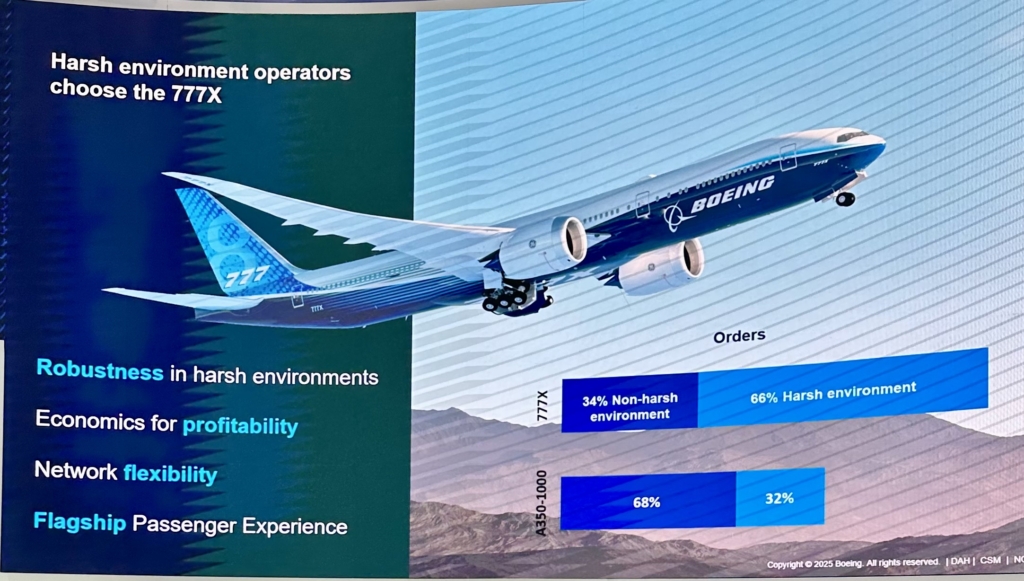
“One element of success that sets the 777X apart is the robustness of this aircraft in harsh environments,” said Hulst. “It’s sandy, it’s dusty, and a lot of those challenges impact performance and reliability. The 777 has proven itself to be robust.”
He pointed to decades of operational experience built up by existing 777 operators in Dubai, Doha, Abu Dhabi, Riyadh and Jeddah.
“We sometimes forget how much the 777 has done in the last 20 years,” said Hulst. “It is still the most popular long-haul widebody on routes above 8,000 kilometres, and that’s because airlines trust its performance in real-world conditions.”
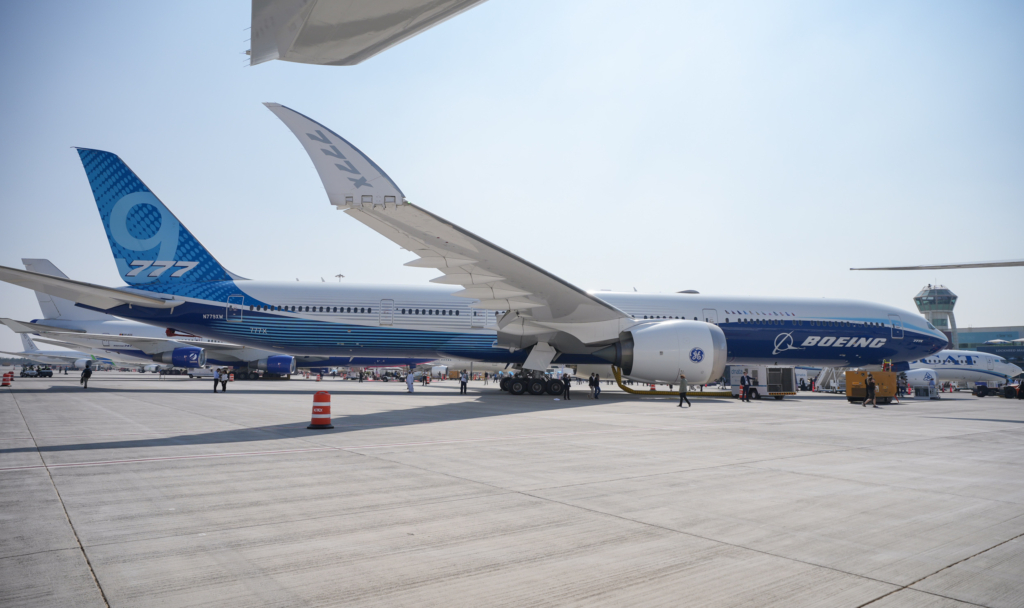
This perspective aligns with comments from Emirates, which has spoken openly about engine-durability concerns on competing platforms. Speaking to AGN on the sidelines of the show, Emirates Deputy President and COO Adel Al Redha said the airline remains unconvinced by the current performance of the A350-1000’s Trent XWB-97.
“We are in discussion with Airbus … we are in discussion with Rolls-Royce,” said Al Redha. “Some work has been launched to improve the engine reliability.”
He added that the engine had not delivered the durability Emirates needs. “We want a reliable engine, and we want extended time on wing,” he said. “We need to start seeing the effectiveness and that it is enhancing the on-wing time of these engines.”
Why Gulf carriers are pushing for an even larger version: The Boeing 777-10
At the airshow, Emirates went a step further by publicly calling on Boeing to accelerate its feasibility study for a stretched variant, the 777-10, which would offer even more seats than the 777-9.
Sheikh Ahmed bin Saeed Al Maktoum told reporters that high-growth markets and airport capacity constraints are driving the need for larger aircraft. “We fully support Boeing’s feasibility study to develop the 777-10 and have options to convert our latest 777-9 order to the 777-10 or the 777-8,” he said.
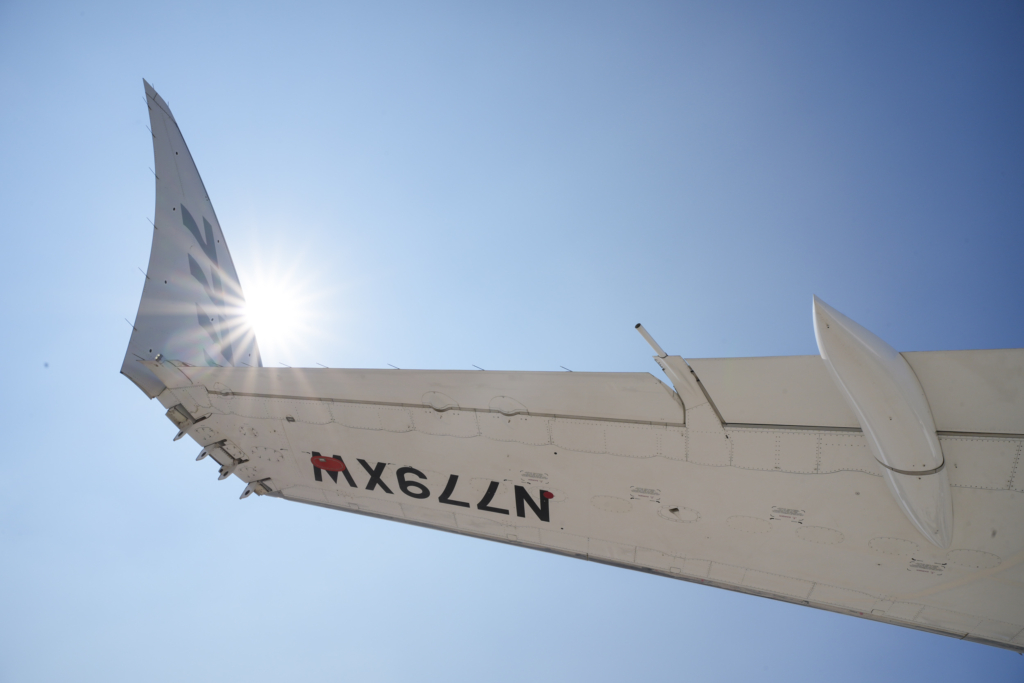
Al Redha reinforced the argument during his conversation with AGN. “No question we require a bigger-capacity aircraft… we cannot afford to shrink our capacity,” he said. “We are hoping Boeing will launch it after their study. We are happy they are listening.”
Hulst said the appetite for very-large twins is clear. “There are more than 1,000 large widebodies that need to be replaced in the next 15 years,” he noted. “The 777X is the long-term solution for that demand, especially in this region where connectivity is everything.”
Read more: Why Boeing 777X is too large for US carriers yet too small for Emirates’ megahub model
The 777X offers a long-term platform for Middle East growth
With more than 600 orders and commitments and a third consecutive order from Emirates, the 777X has become the Middle East’s chosen successor to the 777-300ER.
The GE9X brings improved resilience in hot and dusty conditions, while the airframe offers the capacity, efficiency and range required for the region’s dense long-haul networks.
As Hulst put it, “You’ve got the capability, you’ve got the reliability, and you’ve also got a flagship passenger experience. That combination is what airlines in this region are looking at for the next two decades and beyond.”

